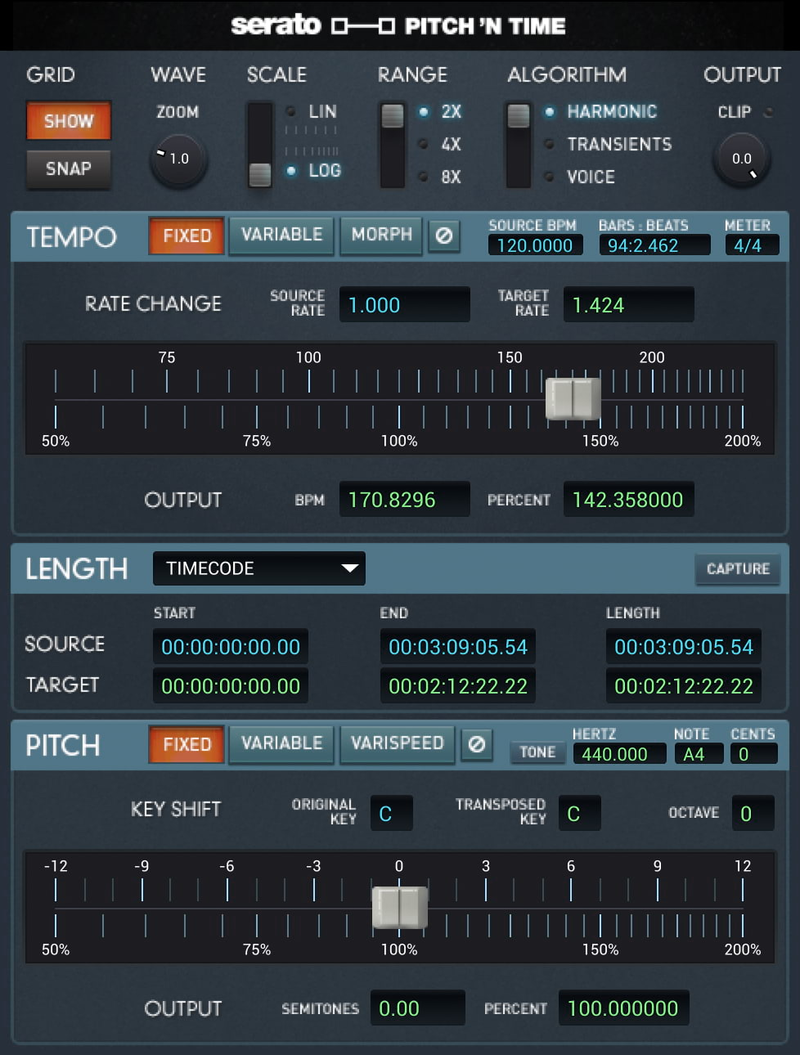
Green indicates time compression and red reveals any time expansion. Colour-coding helps you see at a glance what portions of the audio are being affected and how. Specifically, Flex markers determine the boundaries of your Flex edits. These are the edit points that can be dragged forwards and backwards in time to expand or compress the audio that came before and change your musical phrasing. The Flex markers are the vertical orange lines with little handles at the top. Choose from several different Flex Modes for your track. The transients are audio peaks, often representing the initial peak of the attack phase, in your waveform. Keep in mind that Flex is enabled per track and not per individual region, so if it's a lengthy song it may take a minute for Logic to detect the transients.

It's not hard to use, but it can take a little practice and experimentation to get the results you're after, let alone to take full advantage of this highly creative suite of tools. Flex Time is Logic's interpretation of elastic audio, making it painless to adjust the tempo and rhythm of audio tracks, whether the timing of a beat or the phrasing and musical inflection of a vocal track. Flex Time is an amazing tool for quantising your audio with the kind of nuances of swing and feel that are more usually associated with MIDI quantising.


 0 kommentar(er)
0 kommentar(er)
